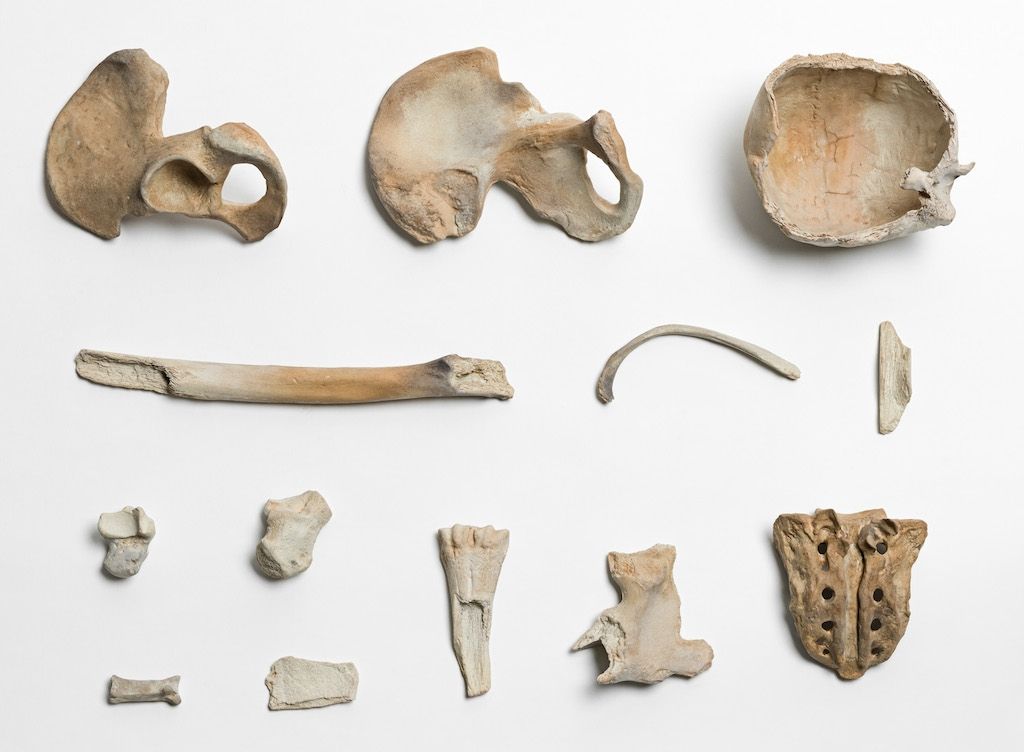
In September 2015, the Royal Academy of Arts will present a landmark exhibition of the Honorary Royal Academician, Ai Weiwei. Although Ai is one of China’s leading contemporary artists, his work has not been seen extensively in Britain and the Royal Academy will present the first major institutional survey of his artistic output. The exhibition will include significant works from 1993 onwards, the date that marks Ai Weiwei’s return to China following more than a decade living in New York. Ai Weiwei will create new, site-specific installations and interventions throughout the Royal Academy’s spaces.
On his return to China in 1993, Ai began to work in a direction that was both embedded in Chinese culture and reflected the exposure he had had to Western art during his twelve-year sojourn in the US. Citing Duchamp as ‘the most, if not the only, influential figure’ in his art practice, Ai continues to engage with creative tensions between complex art histories, conceiving works with multiple readings in the process. To this end he employs traditional materials and interventions with historic objects throughout his work from Neolithic vases (5000-3000 BCE) to Qing dynasty (1644-1911) architectural components and furniture. By creating new objects from old, Ai challenges conventions of value and authenticity in modern-day China.
Ai works in a variety of different contexts, scales and media. He transforms materials to convey his ideas, whether in wood, porcelain, marble or jade, testing the skills of the craftsmen working to his brief in the process. Some pieces take months to create and pass through lengthy periods of experimentation, pushing the boundaries of the formal qualities of a material. Sculptures such as Surveillance Camera, 2010 and Video Camera, 2010, both masterpieces in craftsmanship, monumentalise the technology used to monitor, simultaneously rendering it useless and absurd. A new artwork, Remains, 2015, will also be included in the exhibition.
2015年9月,英國皇家美術學會將為名譽皇家美院院士中國藝術家艾未未舉辦一個具有裏程碑意義的展覽。儘管艾未未已經是一位中國傑出的當代藝術家,但英國公眾對他的作品的認知度依舊有限,此次皇家美術學會將舉辦其在英國的首次美術館級別的個人展覽。此次展覽展出了從1993年艾未未回到中國,結束了十幾年的旅美生活以後後創作的很多重要作品。同時,此次艾未未也會為皇家美術學會的空間量身定製新的裝置作品。
1993年,艾未未回到中國,他的藝術創作一方面受到中國文化的影響,而同時,也是對在紐約生活的12年間耳濡目染的西方藝術的一種反饋。艾未未的創作著力於探索複雜的藝術史與多重解讀的藝術創作之間的關係,於此,他開始運用傳統材料甚至是貨真價實的古董和文物來進行創作,從公元前幾千年的陶罐,到清朝的建築或者傢具都成為他藝術作品的原材料。通過從舊的材料中創造出新的藝術作品,艾未未挑戰了當代中國社會語境下的價值系統以及其可靠性。
艾未未的藝術創作採用各種不同的媒介,尺度大小不一,關注的語境也不盡相同。他通過不同材料之間的轉換來表達自己的觀念,無論是木材、陶瓷、大理石還是玉石,利用工匠們的技藝來完成他的意圖,很多作品需要幾個月的時間才能完工,要經過很長時間的實驗和打磨來呈現材質的最佳狀態。雕塑作品《監控攝像頭(Surveillance Camera, 2010)》和《攝像機(Video Camera, 2010)》都展示了高超的製作工藝,而其立意卻是表達將科技用於監控的無用和荒謬。
- Ai Weiwei, Table and Pillar, 2002
Wooden pillar and table from the Qing Dynasty (1644-1911), 460 x 90 x 90 cm
London, Tate. Purchased with funds provided by the Asia Pacific Acquisitions Committee, 2008
Image courtesy Ai Weiwei
(c) Ai Weiwei
- Ai Weiwei, Straight, 2008-12
Steel reinforcing bars, 600 x 1200 cm
Lisson Gallery, London
Image courtesy Ai Weiwei
(c) Ai Weiwei
- Ai Weiwei, Dropping a Han Dynasty Urn, 1995
3 black and white prints, each 148 x 121 cm
Courtesy of Ai Weiwei Studio
Image courtesy Ai Weiwei
(c) Ai Weiwei
- Ai Weiwei, Coloured Vases, 2006
Neolithic vases (5000-3000 BC) with industrial paint, dimensions variable
Courtesy of Ai Weiwei Studio
Image courtesy Ai Weiwei
(c) Ai Weiwei
- Ai Weiwei, Surveillance Camera, 2010
Marble, 39.2 x 39.8 x 19 cm
Courtesy of Ai Weiwei Studio
Image courtesy Ai Weiwei
(c) Ai Weiwei
- Ai Weiwei, Free Speech Puzzle, 2014
Hand painted porcelain in the Qing dynasty imperial style,
51 x 41 x 0.8 cm
Courtesy of Ai Weiwei Studio
Image courtesy Ai Weiwei
(c) Ai Weiwei
- Ai Weiwei, Remains, 2015
Porcelain, dimensions variable
Courtesy of Ai Weiwei Studio
Image courtesy Ai Weiwei
(c) Ai Weiwei
- Ai Weiwei, I.O.U. Wallpaper, 2011-13
Wallpaper, dimensions variable
Courtesy of Ai Weiwei Studio
Image courtesy Ai Weiwei
(c) Ai Weiwei
- Ai Weiwei, Video Recorder, 2010
Marble, 43 x 19 x 19 cm
Courtesy of Ai Weiwei Studio
Image courtesy Ai Weiwei
(c) Ai Weiwei
- Portrait of Ai Weiwei (c) Harry Pearce, Pentagram 2015
Tips 小貼士
展覽場地:Royal Academy of Arts 皇家美術學會
展覽時間:19.9.2015 – 13.12.2015










